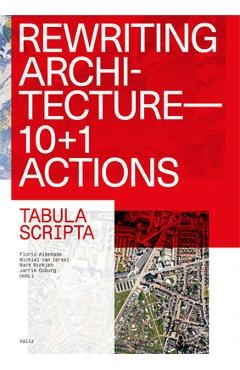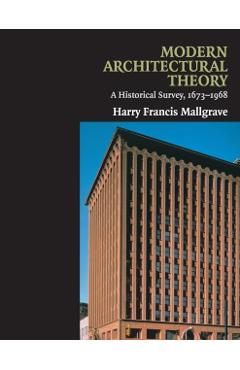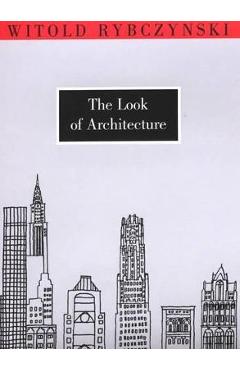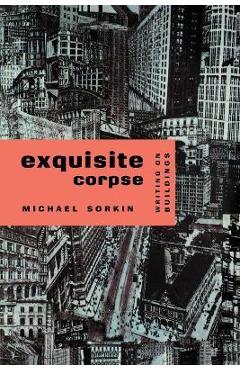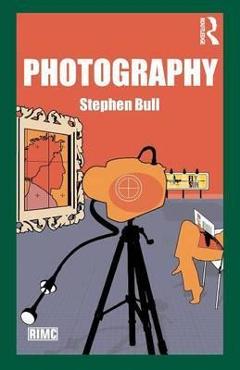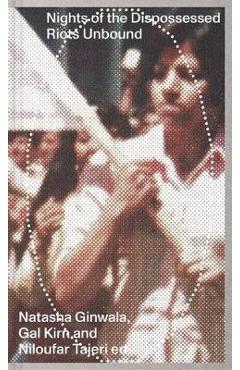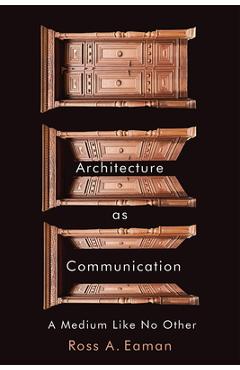Fulfilled: Architecture, Excess, and Desire

Fulfilled: Architecture, Excess, and Desire
Based on the eponymous symposium and exhibition, Fulfilled: Architecture, Excess, and Desire considers the role of architecture in a culture shaped by the excessive manufacturing and assuagement of desire. Until the term became synonymous with Amazon warehouses, the concept of fulfillment described the achievement of a desire--sometimes tangible, often psychological or spiritual. With the rapid growth of e-commerce, our understanding of fulfillment has evolved to reflect a seemingly endless cycle of desire and gratification--one whose continuity hinges on our willingness to overlook the cultural, economic, and environmental impacts of our ever-increasing expectation of quick and efficient fulfillment. A closer look at fulfillment reveals a social, typological, formal, aesthetic, and economic practice constructed collectively through both digital and physical interactions. It is a cultural practice which evolves like a language, both universally transferable and contextually specific. As a symposium, exhibition, and now publication, this project aims to draw out these new arrangements, sticky relationships, and material byproducts of cultural production and to ask again the age-old question, "What does it mean to be fulfilled?" This book examines the architecture of fulfillment through three lenses: logistical, material, and cultural fulfillment. Each reveals the new forms of architectural practice and research that are possible, typical, and even surreptitiously encouraged in the age of Amazon. Fulfillment networks are not invisible systems; they are tangible objects--warehouses, suburban houses, parking lots, cardboard boxes, shopping malls, mechanical systems, shipping containers--with which architects necessarily interact. From political mapping and questions of labor to digital and physical storage typologies, contemporary architects learn from and work critically within the architecture of fulfillment. Their interests and approaches include the material and environmental shortcomings of global logistics and the formal, representational, and cultural potentials of a culture of excess. This book highlights architecture's unique capacity to offer methodologies for confronting an increasingly ambiguous, alienating world and produce new knowledge and unexpected solutions that go beyond the dichotomies of rural and urban territories.
PRP: 139.60 Lei
Acesta este Pretul Recomandat de Producator. Pretul de vanzare al produsului este afisat mai jos.
125.64Lei
125.64Lei
139.60 LeiLivrare in 2-4 saptamani
Descrierea produsului
Based on the eponymous symposium and exhibition, Fulfilled: Architecture, Excess, and Desire considers the role of architecture in a culture shaped by the excessive manufacturing and assuagement of desire. Until the term became synonymous with Amazon warehouses, the concept of fulfillment described the achievement of a desire--sometimes tangible, often psychological or spiritual. With the rapid growth of e-commerce, our understanding of fulfillment has evolved to reflect a seemingly endless cycle of desire and gratification--one whose continuity hinges on our willingness to overlook the cultural, economic, and environmental impacts of our ever-increasing expectation of quick and efficient fulfillment. A closer look at fulfillment reveals a social, typological, formal, aesthetic, and economic practice constructed collectively through both digital and physical interactions. It is a cultural practice which evolves like a language, both universally transferable and contextually specific. As a symposium, exhibition, and now publication, this project aims to draw out these new arrangements, sticky relationships, and material byproducts of cultural production and to ask again the age-old question, "What does it mean to be fulfilled?" This book examines the architecture of fulfillment through three lenses: logistical, material, and cultural fulfillment. Each reveals the new forms of architectural practice and research that are possible, typical, and even surreptitiously encouraged in the age of Amazon. Fulfillment networks are not invisible systems; they are tangible objects--warehouses, suburban houses, parking lots, cardboard boxes, shopping malls, mechanical systems, shipping containers--with which architects necessarily interact. From political mapping and questions of labor to digital and physical storage typologies, contemporary architects learn from and work critically within the architecture of fulfillment. Their interests and approaches include the material and environmental shortcomings of global logistics and the formal, representational, and cultural potentials of a culture of excess. This book highlights architecture's unique capacity to offer methodologies for confronting an increasingly ambiguous, alienating world and produce new knowledge and unexpected solutions that go beyond the dichotomies of rural and urban territories.
Detaliile produsului










